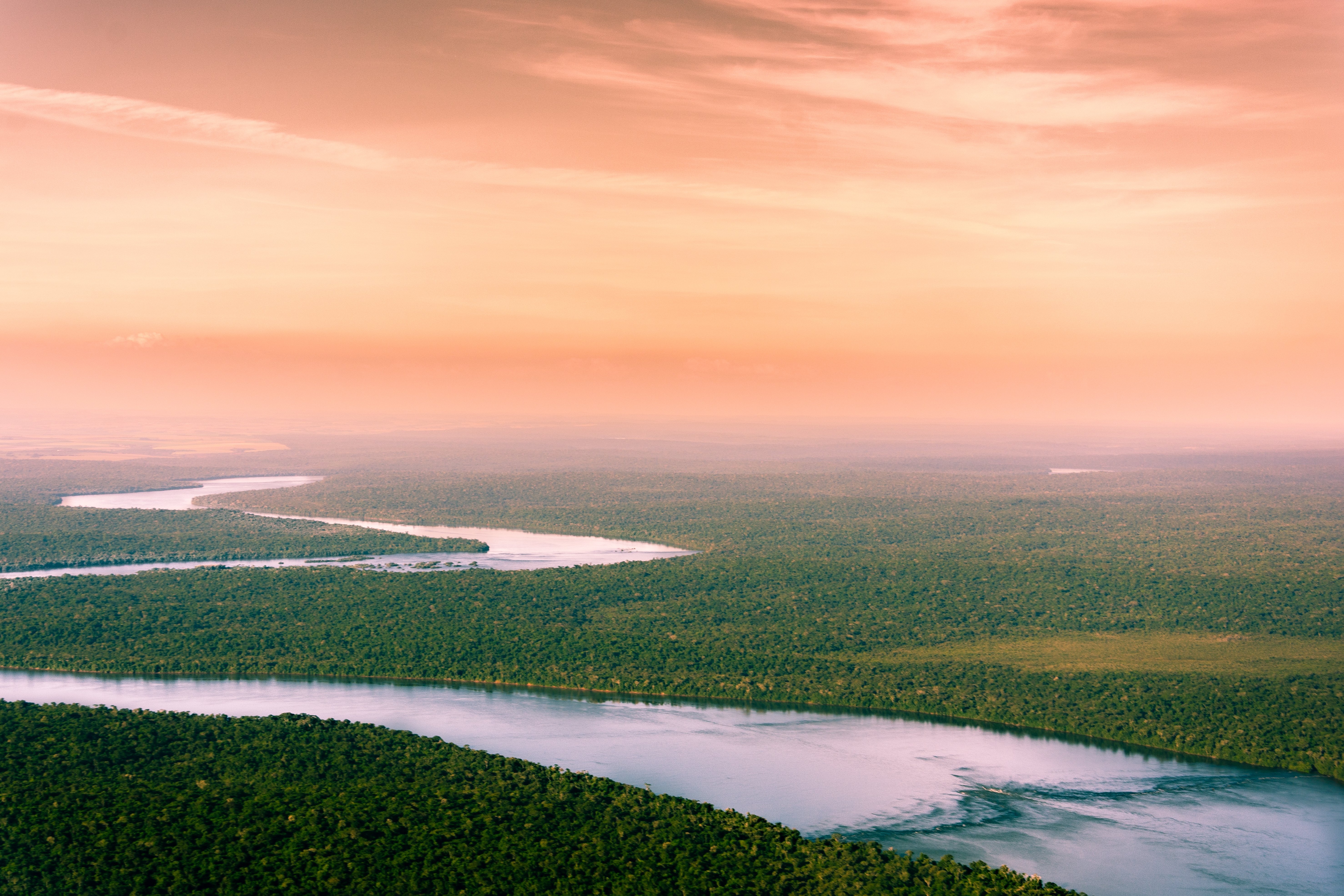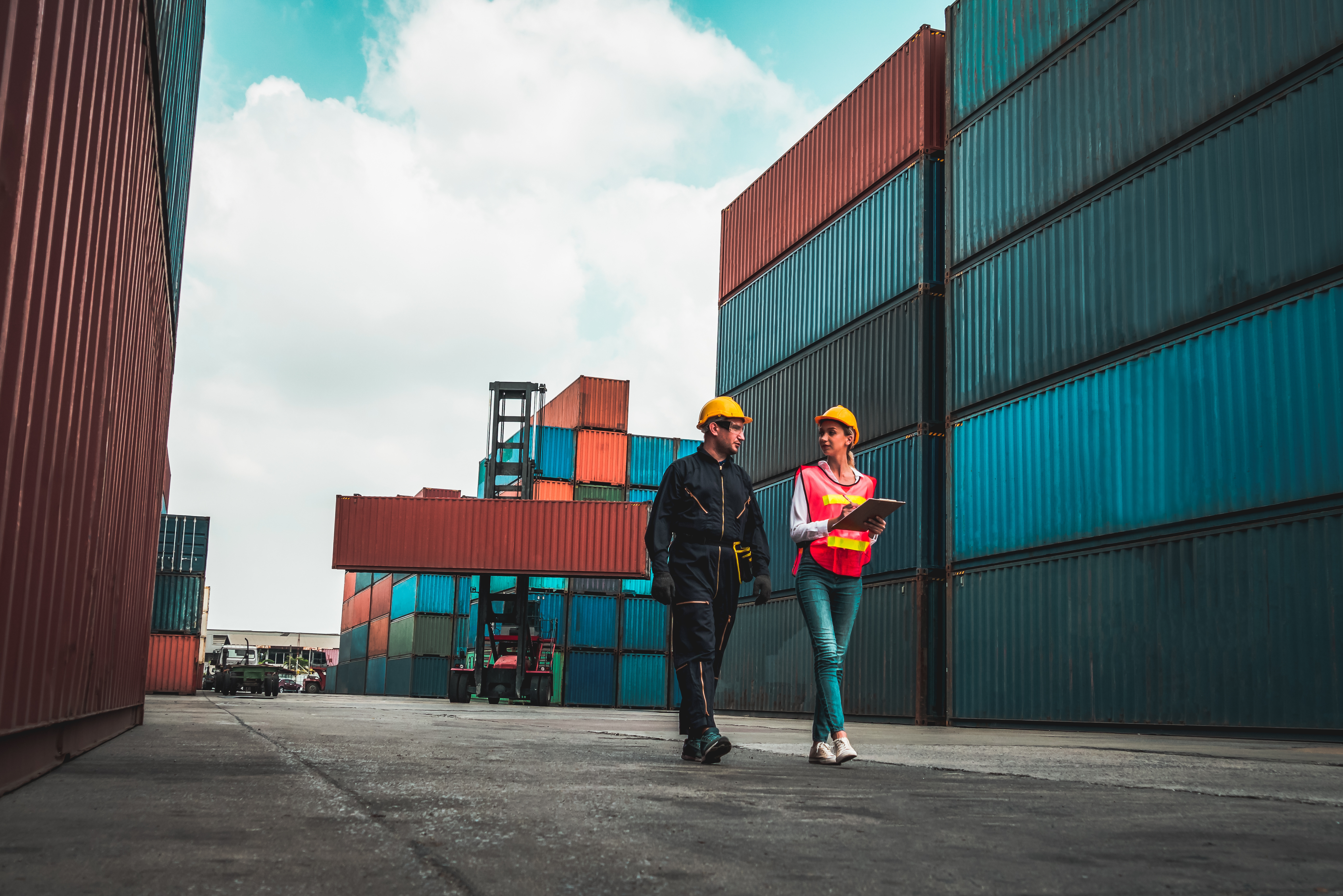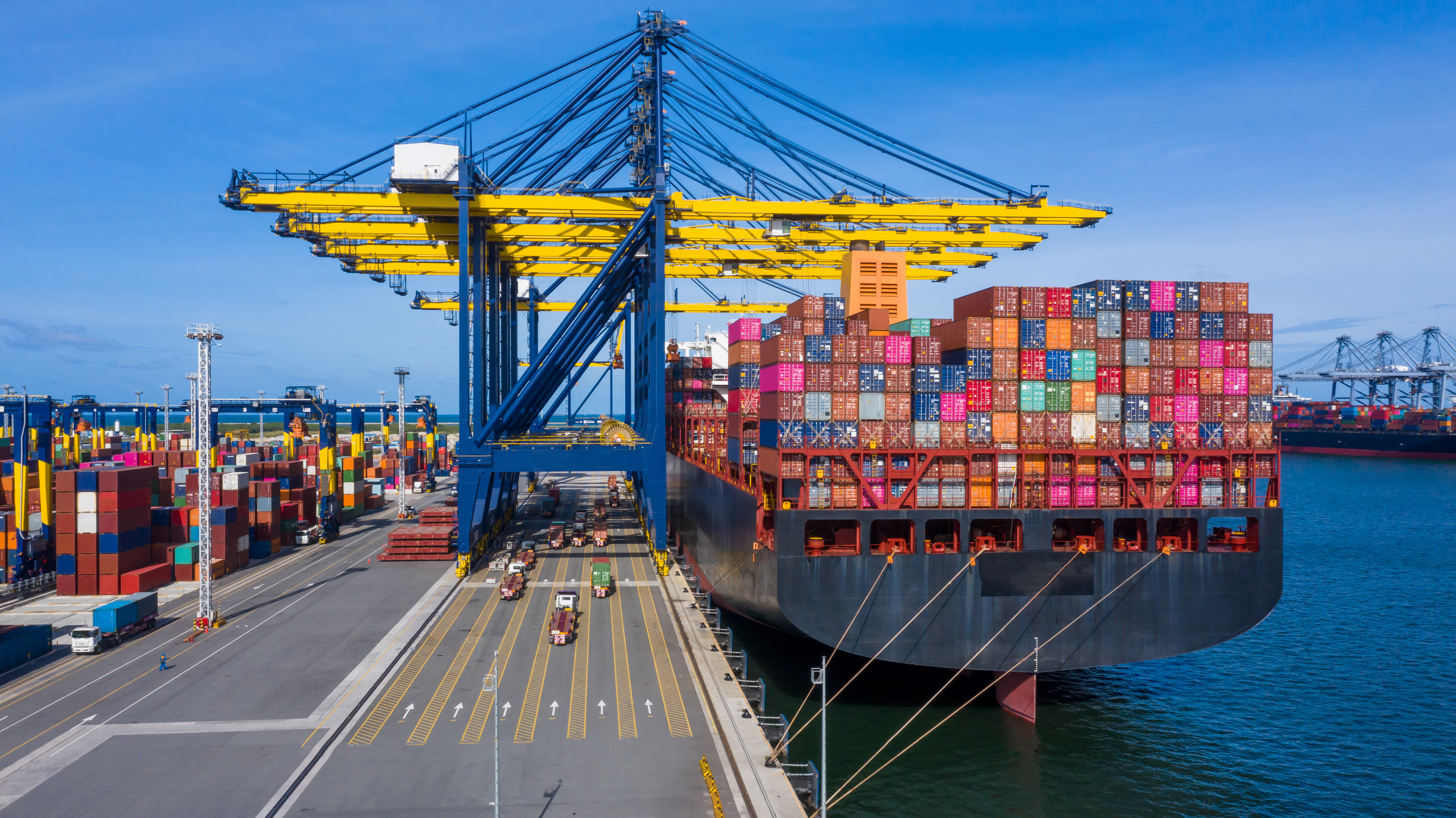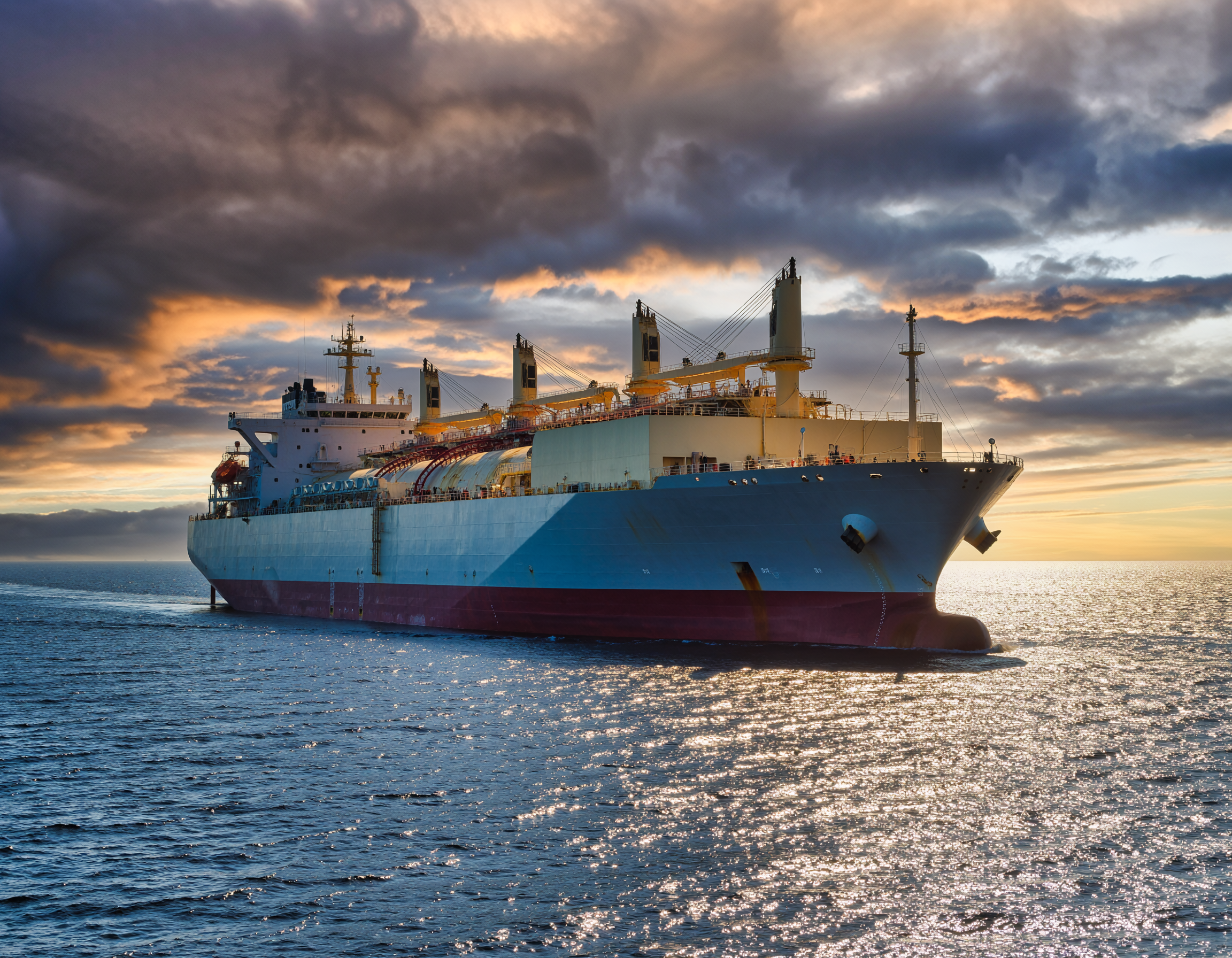
The Paraná River provides entrance to inland South America through Argentina from the Atlantic Ocean and acts as a grain super-highway for much of South America.1 It is the second longest river system in South America, second only to the Amazon River, its source forming at the confluence of the Paranaíba and Rio Grande rivers in Southern Brazil. From Brazil, it flows generally South for 3,030 miles to the Río de la Plata estuary, which empties into the Atlantic Ocean near Buenos Aires, Argentina. With it and its tributaries covering approximately one million square miles, it is only fitting that the Paraná’s name is said to be an abbreviation of the phrase "para rehe onáva", which comes from the Tupi language, meaning "like the sea" (that is, "as big as the sea").2
Unlike the sea however, ocean freighters are not the dominant vessels far beyond Santa Fé (150 miles upstream from the River’s Río de la Plata delta) due to the River’s varying depths. Instead, tugs and mass convoys of barges travel the River and its tributaries, which touch Argentina, Brazil, Paraguay, Uruguay and ultimately Bolivia. The River’s geopolitical prominence has led to international cooperation between its bordering countries and has resulted in the construction of the Itaipú3 and Yacycretá4 dams. In addition to providing power throughout the region these dams have recently even been used to try to alleviate low water conditions, one of the primary concerns for vessel-bound trade on the Paraná and an ongoing concern at the time of this writing.
The Paraná’s flow and depth is at its greatest during its rainy season (peaking in February and March) and is at its lowest during the dry season (peaking in October). Each season brings with it a varied, if familiar, spate of P&I concerns.
Claims
Collisions
Fractioned convoys of grain barges traverse the Paraná with as many as 5 barges across, and the same (or more) vertically below. A convoy of 40 barges can be pushed by only a single tug, which barges are connected to each other in groups via cable (i.e. “fractioned”) rather than all to the tug. At night and in breaks from navigation, the crew will walk along the barges and moor them in groups by tying them to trees along the riverbank. This is for good reason, as heavy weather, with violent winds, are common on the Paraná.
Heavy weather, in addition to possible cable failure, can result in barges breaking free from their fractioning and/or mooring. Due to the current in the River, the barges will frequently race downstream, colliding and alliding with other barges and tugs moored along the coast and under way. While cover is fact-specific, at least under Argentine law, all convoys are deemed to form one “vessel”. Thus, neighboring tugs will often assist in recapturing the loose and drifting barges, and will later seek a salvage award from the vessel.5 Additionally, tugs and barges that are hit by a drifting barge can seek damages for said collision from the tug the barge it was originally attached to, regardless of any diversity in ownership between the tug and barge.
Groundings
Heavy weather and low river depth can both contribute to groundings in the Paraná. In some cases, tugs and barges run aground but manage to successfully refloat with no serious damage. The Paraná’s bottom is not known to be replete with rock/anchor hazards (like the Mississippi), and has considerable current providing a sandy sediment topography for its bottom. Sometimes the refloating is simple and be achieved by merely waiting for water levels to rise. Other times, when the River is very low, barges must be lightered to prevent spoilage of cargo.
When groundings are caused by heavy weather, as in the rainy season, refloating may have to wait until a storm system passes or clears. In such scenarios, ingress of water poses a threat to both tug electrical equipment, and cargo in barges.
Ocean going vessels particularly are known to have issues grounding in the Paraná River, despite the presence of pilots onboard. The Argentine Coast Guard relies on daily reports of maximum navigable draft and sailing depths from the Vias Navegables (government Waterways Office), and periodically publishes Bulletins denoting river depths.6 The constant measurement is necessary because the clay present in sediment deposits ubiquitous in the River prevents any permanent installations of tidal measurement equipment on the riverbed. Further, droughts and excessive rains can dramatically alter the safe sailing depth, and can result in impermanent sediment build-ups (i.e. navigational hazards). Unlike in other jurisdictions, errors in navigation committed by a Pilot onboard in Argentine waters will result in fault attributed to only the Master/Shipowner, as legally an Argentine Pilot’s services are considered only advisory. While the changing tidal conditions can sometimes result in ships refloating by their own means, in other instances tugs may need to assist.
2020 Drought and River Conditions
2020 marks an historical year for the River because it is at a near 50-year low due to a drought in southern Brazil and northern Argentina. The extremely low water level has complicated basic navigation more than normal. Draft restrictions have been implemented and have prevented grain vessels from being fully loaded, and have resulted in a record number of ship groundings. Additionally, low water conditions have left loaded barges trapped upriver, and led to controlled water releases from both the Itaipú and Yacycretá dams, which have done little to alleviate the River’s low condition. The Club has seen various groundings resulting from these unprecedented conditions and recommends consulting with local port agents, or local correspondents, prior to loading any cargos in the Paraná. While these conditions are historically short-lived, or confined to the dry season, additional precautions should be taken from these lessons learned and experiences in the future.
-------------------
1Brazil is the world’s top soy exporter; Argentina is the world’s No. 3 soybean and corn exporter, as well as its top supplier of soymeal livestock feed.
2An extinct Tupian language, belonging to the Tupi-Guarani language family, which was spoken by the aboriginal Tupi people of Brazil, mostly those who inhabited coastal regions in South and Southeast Brazil.
3The dam, a joint project between Brazil and Paraguay, was completed in 1982 and can produce 12,600 MW of electricity. It is the most powerful hydroelectric dam in South America.
4The dam, a joint project between Argentina and Paraguay, was completed in 1994 and can produce 3,100 MW of electricity.
5Salvage is not covered under P&I.




